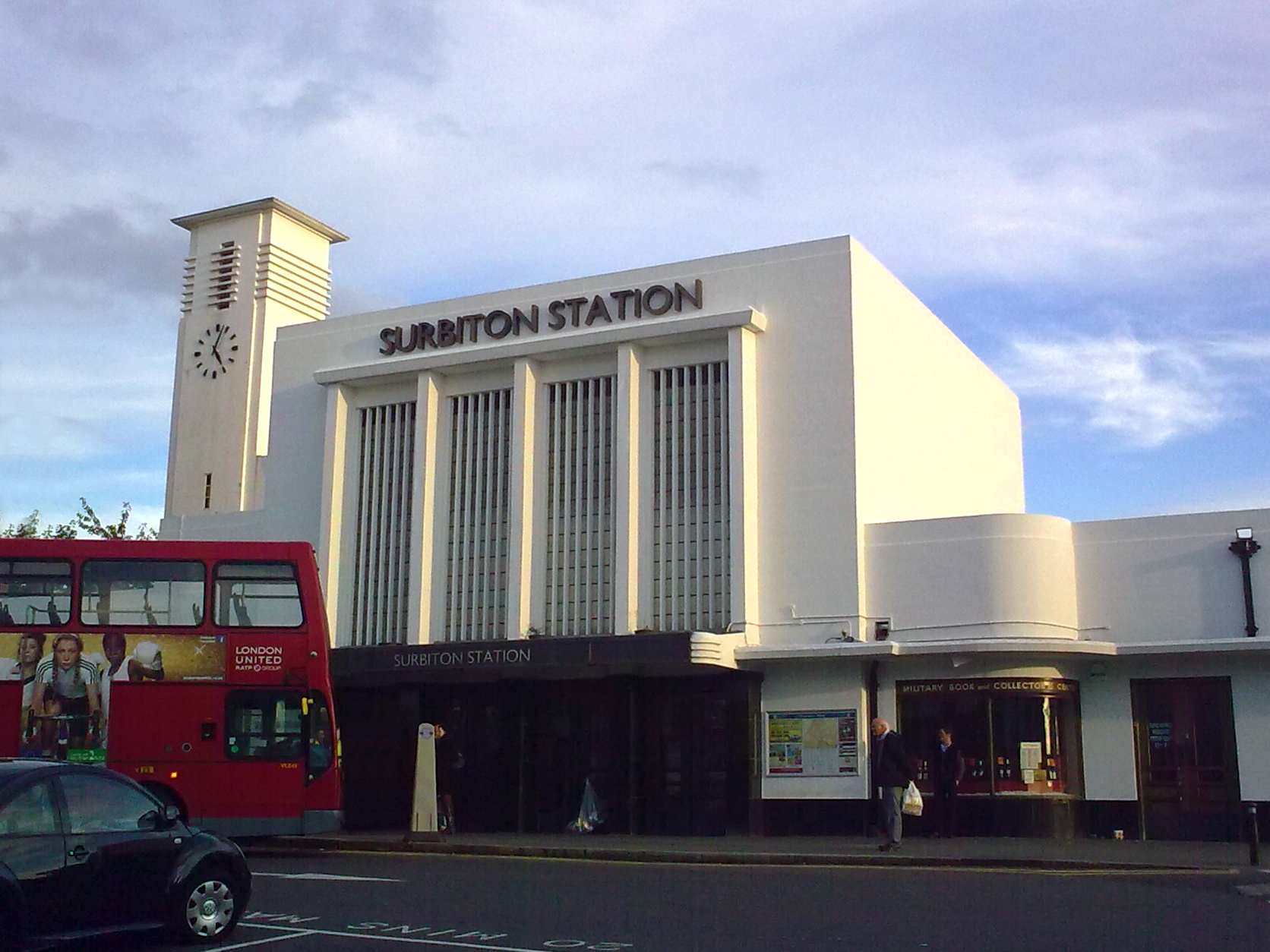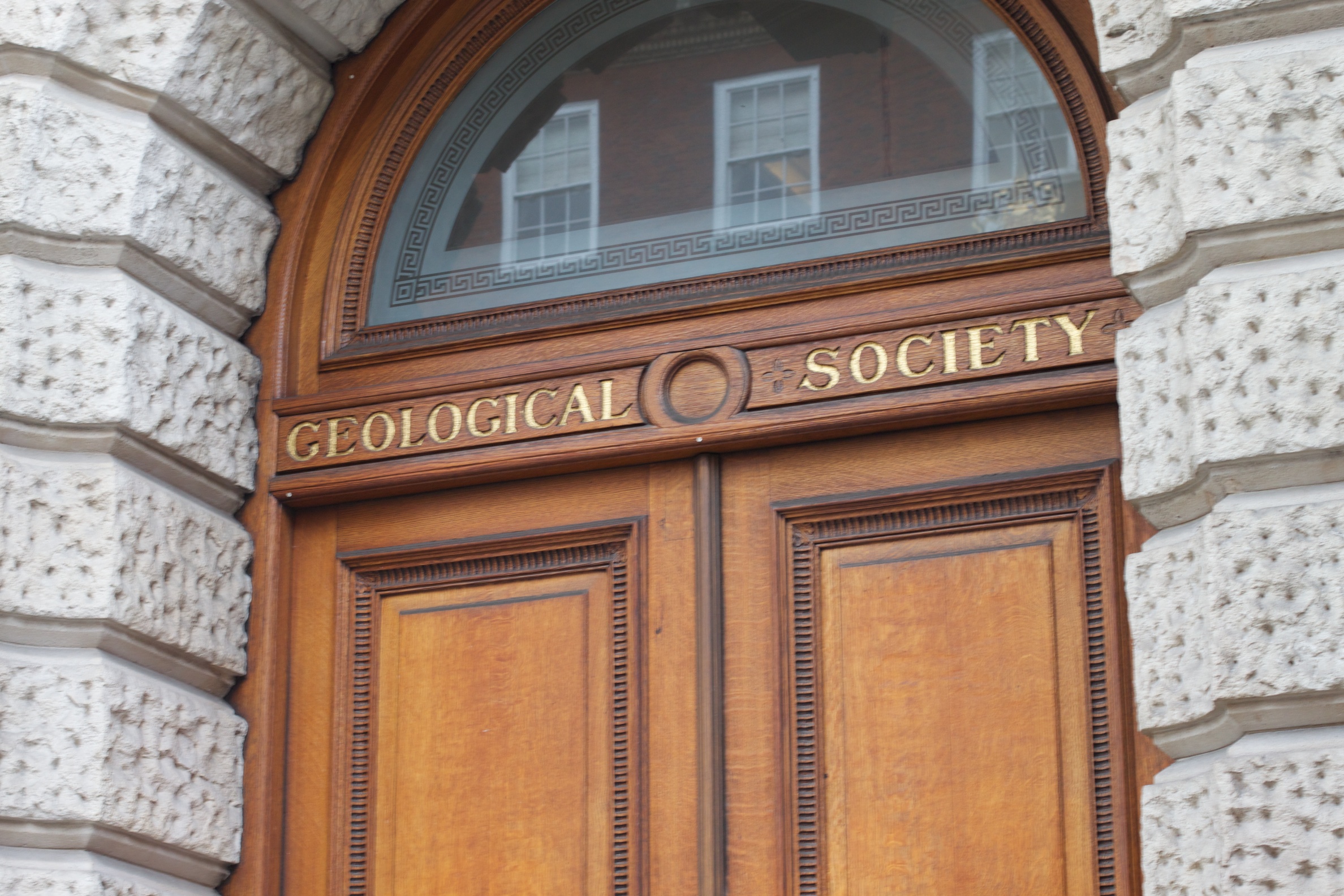|
Herbert Henry Thomas
Herbert Henry Thomas FRS (13 March 1876 - 12 May 1935 ) was a British geologist who linked the bluestones at Stonehenge with rocks in south west Wales. He won the Murchison Medal. Early life and education Thomas was born at Exeter, the son of Frederick Thomas, a hatter and councillor, and his wife Louisa. He was educated at Exeter School under W. A. Cunningham and was admitted to Sidney Sussex College, Cambridge, on 1 October 1894. He was a Harkness Scholar and was awarded a 1st class BA degree in Natural Sciences. Career Thomas won the Sedgwick prize in 1903 and was assistant to Professor William Johnson Sollas at Oxford, earning B.A. and B.Sc. From 1901 to 1911, he was geologist to the Geological Survey of Great Britain and was a petrographer from 1911 to 1935 working for the Geological Survey Department. He was a leading paleobiologist and carried out some work on carboniferous palaeobotany. At Cambridge at this time he was an influence on Lucy Wills and was awarded Doc ... [...More Info...] [...Related Items...] OR: [Wikipedia] [Google] [Baidu] |
Fellow Of The Royal Society
Fellowship of the Royal Society (FRS, ForMemRS and HonFRS) is an award granted by the Fellows of the Royal Society of London to individuals who have made a "substantial contribution to the improvement of natural science, natural knowledge, including mathematics, engineering science, and medical science". Overview Fellowship of the Society, the oldest known scientific academy in continuous existence, is a significant honour. It has been awarded to :Fellows of the Royal Society, around 8,000 fellows, including eminent scientists Isaac Newton (1672), Benjamin Franklin (1756), Charles Babbage (1816), Michael Faraday (1824), Charles Darwin (1839), Ernest Rutherford (1903), Srinivasa Ramanujan (1918), Jagadish Chandra Bose (1920), Albert Einstein (1921), Paul Dirac (1930), Subrahmanyan Chandrasekhar (1944), Prasanta Chandra Mahalanobis (1945), Dorothy Hodgkin (1947), Alan Turing (1951), Lise Meitner (1955), Satyendra Nath Bose (1958), and Francis Crick (1959). More recently, fellow ... [...More Info...] [...Related Items...] OR: [Wikipedia] [Google] [Baidu] |
Pillbox (military)
A pillbox is a type of blockhouse, or concrete dug-in guard-post, often camouflaged, normally equipped with Loophole_(firearm), loopholes through which defenders can fire weapons. It is in effect a trench warfare , trench firing step, hardened to protect against small-arms fire and grenades, and raised to improve the field of fire. The modern concrete pillbox originated on the Western Front (World War I) , Western Front of World War I, in the Imperial German Army , German Army in 1916. Etymology The origin of the term is disputed. It has been widely assumed to be a jocular reference to the perceived similarity of the fortifications to the Cylinder, cylindrical and hexagonal boxes in which medical pills were once sold; also, the first German concrete pillboxes discovered by the Allies in Belgium were so small and light that they were easily tilted or turned upside down by the nearby explosion of even medium (240mm) shells. However, it seems more likely that it original ... [...More Info...] [...Related Items...] OR: [Wikipedia] [Google] [Baidu] |
Fellows Of The Royal Society
Fellowship of the Royal Society (FRS, ForMemRS and HonFRS) is an award granted by the Fellows of the Royal Society of London to individuals who have made a "substantial contribution to the improvement of natural science, natural knowledge, including mathematics, engineering science, and medical science". Overview Fellowship of the Society, the oldest known scientific academy in continuous existence, is a significant honour. It has been awarded to :Fellows of the Royal Society, around 8,000 fellows, including eminent scientists Isaac Newton (1672), Benjamin Franklin (1756), Charles Babbage (1816), Michael Faraday (1824), Charles Darwin (1839), Ernest Rutherford (1903), Srinivasa Ramanujan (1918), Jagadish Chandra Bose (1920), Albert Einstein (1921), Paul Dirac (1930), Subrahmanyan Chandrasekhar (1944), Prasanta Chandra Mahalanobis (1945), Dorothy Hodgkin (1947), Alan Turing (1951), Lise Meitner (1955), Satyendra Nath Bose (1958), and Francis Crick (1959). More recently, fellow ... [...More Info...] [...Related Items...] OR: [Wikipedia] [Google] [Baidu] |
Alumni Of Sidney Sussex College, Cambridge
Alumni (: alumnus () or alumna ()) are former students or graduates of a school, college, or university. The feminine plural alumnae is sometimes used for groups of women, and alums (: alum) or alumns (: alumn) as gender-neutral alternatives. The word comes from Latin, meaning nurslings, pupils or foster children, derived from "to nourish". The term is not synonymous with "graduates": people can be alumni without graduating, e.g. Burt Reynolds was an alumnus of Florida State University but did not graduate. The term is sometimes used to refer to former employees, former members of an organization, former contributors, or former inmates. Etymology The Latin noun means "foster son" or "pupil". It is derived from the Latin verb "to nourish". Separate, but from the same root, is the adjective "nourishing", found in the phrase ''alma mater'', a title for a person's home university. Usage in Roman law In Latin, is a legal term (Roman law) to describe a child placed in fosterag ... [...More Info...] [...Related Items...] OR: [Wikipedia] [Google] [Baidu] |
1935 Deaths
Events January * January 7 – Italian premier Benito Mussolini and French Foreign Minister Pierre Laval conclude an agreement, in which each power agrees not to oppose the other's colonial claims. * January 12 – Amelia Earhart becomes the first person to successfully complete a solo flight from Hawaii to California, a distance of . * January 13 – A plebiscite in the Territory of the Saar Basin shows that 90.3% of those voting wish to join Germany. * January 24 – The first canned beer is sold in Richmond, Virginia, United States, by Gottfried Krueger Brewing Company. February * February 6 – Parker Brothers begins selling the board game Monopoly in the United States. * February 13 – Richard Hauptmann is convicted and sentenced to death for the kidnapping and murder of Charles Lindbergh Jr. in the United States. * February 15 – The discovery and clinical development of Prontosil, the first broadly effective antibiotic, is published in a series of artic ... [...More Info...] [...Related Items...] OR: [Wikipedia] [Google] [Baidu] |
1876 Births
Events January * January 1 ** The Reichsbank opens in Berlin. ** The Bass Brewery Red Triangle becomes the world's first registered trademark symbol. *January 27 – The Northampton Bank robbery occurs in Massachusetts. February * February 2 ** The National League of Professional Base Ball Clubs is formed at a meeting in Chicago; it replaces the National Association of Professional Base Ball Players. Morgan Bulkeley of the Hartford Dark Blues is selected as the league's first president. ** Third Carlist War (Spain): Battle of Montejurra – The new commander General Fernando Primo de Rivera marches on the remaining Carlist stronghold at Estella, where he meets a force of about 1,600 men under General Carlos Calderón, at nearby Montejurra. After a courageous and costly defence, Calderón is forced to withdraw. * February 14 – Alexander Graham Bell applies for a U.S. patent for the telephone, as does Elisha Gray. * February 19 – Third Carlist War ... [...More Info...] [...Related Items...] OR: [Wikipedia] [Google] [Baidu] |
Surbiton
Surbiton is a suburban neighbourhood in South West London, within the Royal Borough of Kingston upon Thames (RBK). It is next to the River Thames, southwest of Charing Cross. Surbiton was in the Historic counties of England, historic county of Surrey and since 1965 it has been in Greater London. Surbiton comprises five of the RBK's wards: Alexandra, Berrylands, St. Mark's, Surbiton Hill, and Tolworth. Founded originally as Kingston-upon-Railway when the area was first developed in the 1840s, Surbiton possesses a mixture of grand 19th-century townhouses, Art Deco Quadrangle (architecture), courts, and more recent residential blocks blending in with semi-detached 20th-century housing estates. With a population of 45,132 in 2016, it accounts for approximately 25% of the total population of the Royal Borough of Kingston upon Thames. Surbiton extends over an area of . Etymology Though Surbiton only received its current name in 1869, the name is attested as ''Suberton'' in 1179, ''S ... [...More Info...] [...Related Items...] OR: [Wikipedia] [Google] [Baidu] |
Cambridgeshire
Cambridgeshire (abbreviated Cambs.) is a Ceremonial counties of England, ceremonial county in the East of England and East Anglia. It is bordered by Lincolnshire to the north, Norfolk to the north-east, Suffolk to the east, Essex and Hertfordshire to the south, Northamptonshire to the west, and Bedfordshire to the south-west. The largest settlement is the city of Peterborough, and the city of Cambridge is the county town. The county has an area of and had an estimated population of 906,814 in 2022. Peterborough, in the north-west, and Cambridge, in the south, are by far the largest settlements. The remainder of the county is rural, and contains the city of Ely, Cambridgeshire, Ely in the east, Wisbech in the north-east, and St Neots and Huntingdon in the west. For Local government in England, local government purposes Cambridgeshire comprises a non-metropolitan county, with five Districts of England, districts, and the Unitary authorities of England, unitary authority area o ... [...More Info...] [...Related Items...] OR: [Wikipedia] [Google] [Baidu] |
Prickwillow
Prickwillow is a village in Cambridgeshire, England, with an estimated population of 440. Originally a small Hamlet (place), hamlet on the banks of the River Great Ouse, it is now on the banks of the River Lark since re-organisation of the river system. It lies in the south of the The Fens, Fens, east of the city of Ely, Cambridgeshire, Ely, and is home to Prickwillow Museum, which tells the story of the changing face of Fenland. Prickwillow Museum is housed in the old pumping station and contains a major collection of working pumping engines. The village is also home to the internal drainage board, Ely Group of Internal Drainage Boards. History Evidence for very early settlements near Prickwillow was unearthed in the 1930s, when an archaeological dig took place at Plantation Farm and Peacocks Farm, by the A1101 road, A1101. This provided evidence for Ancient Rome, Roman and three levels of prehistoric settlements just to the east of the village. The modern parish of Prickwill ... [...More Info...] [...Related Items...] OR: [Wikipedia] [Google] [Baidu] |
List Of Fellows Of The Royal Society S,T,U,V
About 8,000 fellows have been elected to the Royal Society since its inception in 1660. Below is a list of people who are or were Fellow of the Royal Society, Fellow or Foreign Member of the Royal Society. The date of election to the fellowship follows the name. Dates in brackets relate to an award or event associated with the person. The Society maintains a complete online list. This list is complete up to and including part of 2014. This list is complete up to and including 2019. List of fellows S T U V Foreign members S T U V References
|
Geological Society Of London
The Geological Society of London, known commonly as the Geological Society, is a learned society based in the United Kingdom. It is the oldest national geological society in the world and the largest in Europe, with more than 12,000 Fellows. Fellows are entitled to the postnominal FGS (Fellow of the Geological Society), over 2,000 of whom are Chartered Geologists (CGeol). The Society is a registered charity, no. 210161. It is also a member of the Science Council, and is licensed to award Chartered Scientist to qualifying members. The mission of the society is: "Making geologists acquainted with each other, stimulating their zeal, inducing them to adopt one nomenclature, facilitating the communication of new facts and ascertaining what is known in their science and what remains to be discovered". History The Society was founded on 13 November 1807 at the Freemasons' Tavern, Great Queen Street, in the Covent Garden district of London. It was partly the outcome of a previou ... [...More Info...] [...Related Items...] OR: [Wikipedia] [Google] [Baidu] |
Pembrokeshire
Pembrokeshire ( ; ) is a Principal areas of Wales, county in the South West Wales, south-west of Wales. It is bordered by Carmarthenshire to the east, Ceredigion to the northeast, and otherwise by the sea. Haverfordwest is the largest town and administrative headquarters of Pembrokeshire County Council. The county is generally sparsely populated and rural, with an area of and a population of 123,400. After Haverfordwest, the largest settlements are Milford Haven (13,907), Pembroke Dock (9,753), and Pembroke, Pembrokeshire, Pembroke (7,552). St Davids (1,841) is a city, the smallest by population in the UK. Welsh language, Welsh is spoken by 17.2 percent of the population, and for Landsker Line, historic reasons is more widely spoken in the north of the county than in the south. Pembrokeshire's coast is its most dramatic geographic feature, created by the complex geology of the area. It is a varied landscape which includes high sea cliffs, wide sandy beaches, the large natural ... [...More Info...] [...Related Items...] OR: [Wikipedia] [Google] [Baidu] |






